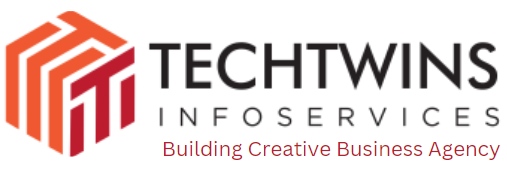
What is Staffing & Recruitment?
Staffing and recruitment are two related but distinct processes that involve finding and hiring employees for a company or organization.
Staffing refers to the process of managing the workforce of a company. It involves identifying the positions that need to be filled, developing job descriptions, sourcing and recruiting candidates, conducting interviews, and making job offers. Staffing is an ongoing process, as companies must continually manage their workforce to ensure they have the right mix of skills and experience to achieve their goals.
Recruitment is a specific component of staffing that involves actively seeking out and attracting candidates for open positions. Recruitment can involve a range of activities, such as advertising job openings, attending job fairs, and leveraging social media to reach potential candidates. The goal of recruitment is to attract a pool of qualified candidates who can be evaluated and potentially hired to fill open positions.
Together, staffing and recruitment are critical to the success of any organization, as they ensure that companies have the right people in the right roles to achieve their objectives.
What do we do for your Staffing & Recruitment needs?
For Staffing and recruitment, we refer to the process of finding and hiring the right candidates to fill job openings in an organization.
This process typically involves several steps, including:
Throughout the staffing and recruitment process, it’s important to follow legal guidelines and best practices to ensure fairness and consistency in hiring decisions. This may include complying with equal opportunity laws, maintaining accurate records, and implementing diversity and inclusion initiatives.
Why us?
Organizations need staffing and recruitment processes to ensure that they have the right talent in place to achieve their business goals.
Here are some key reasons why we for your staffing and recruitment needs:
- Filling open positions:
We process help organizations fill open positions with qualified candidates who have the necessary skills and experience to perform the job successfully.
- Meeting business needs:
By having the right people in the right positions, organizations can meet their business needs and achieve their objectives, such as increasing revenue, improving productivity, and expanding their market share.
- Retaining employees:
Our effective staffing and recruitment processes can help organizations attract and retain top talent, which can lead to increased employee engagement, reduced turnover, and improved organizational performance.
- Enhancing diversity and inclusion:
Our Staffing and recruitment processes can help organizations build diverse and inclusive workforces, which can improve innovation, creativity, and decision-making.

Overall, staffing and recruitment are critical to the success of organizations. By attracting and retaining the right people, organizations can achieve their business objectives and remain competitive in today’s rapidly changing business environment.
Here are some frequently asked questions (FAQs) about staffing and recruitment work:
Staffing typically refers to the ongoing process of managing an organization’s workforce, including hiring, training, and retaining employees. Recruitment, on the other hand, specifically refers to the process of finding and hiring new employees.
Common recruiting methods include job postings, social media, employee referrals, recruiting agencies, and career fairs.
A skills assessment is a test or evaluation used to measure a candidate’s skills and abilities related to a specific job or industry.
Organizations can ensure fair hiring practices by complying with equal opportunity laws, maintaining accurate records, and implementing diversity and inclusion initiatives. This may include using blind hiring techniques, ensuring diverse candidate pools, and training hiring managers on unconscious bias.
Onboarding is the process of integrating new employees into an organization, which may include orientation, training, and introductions to colleagues and the company’s culture.
The cost of a bad hire can vary, but it can be significant in terms of lost productivity, turnover, and potential legal costs. Estimates suggest that a bad hire can cost up to three times their annual salary.
Organizations can measure the effectiveness of their staffing and recruitment processes by tracking metrics such as time-to-hire, cost-per-hire, and employee retention rates. They may also conduct candidate and employee satisfaction surveys to gather feedback on the process.


